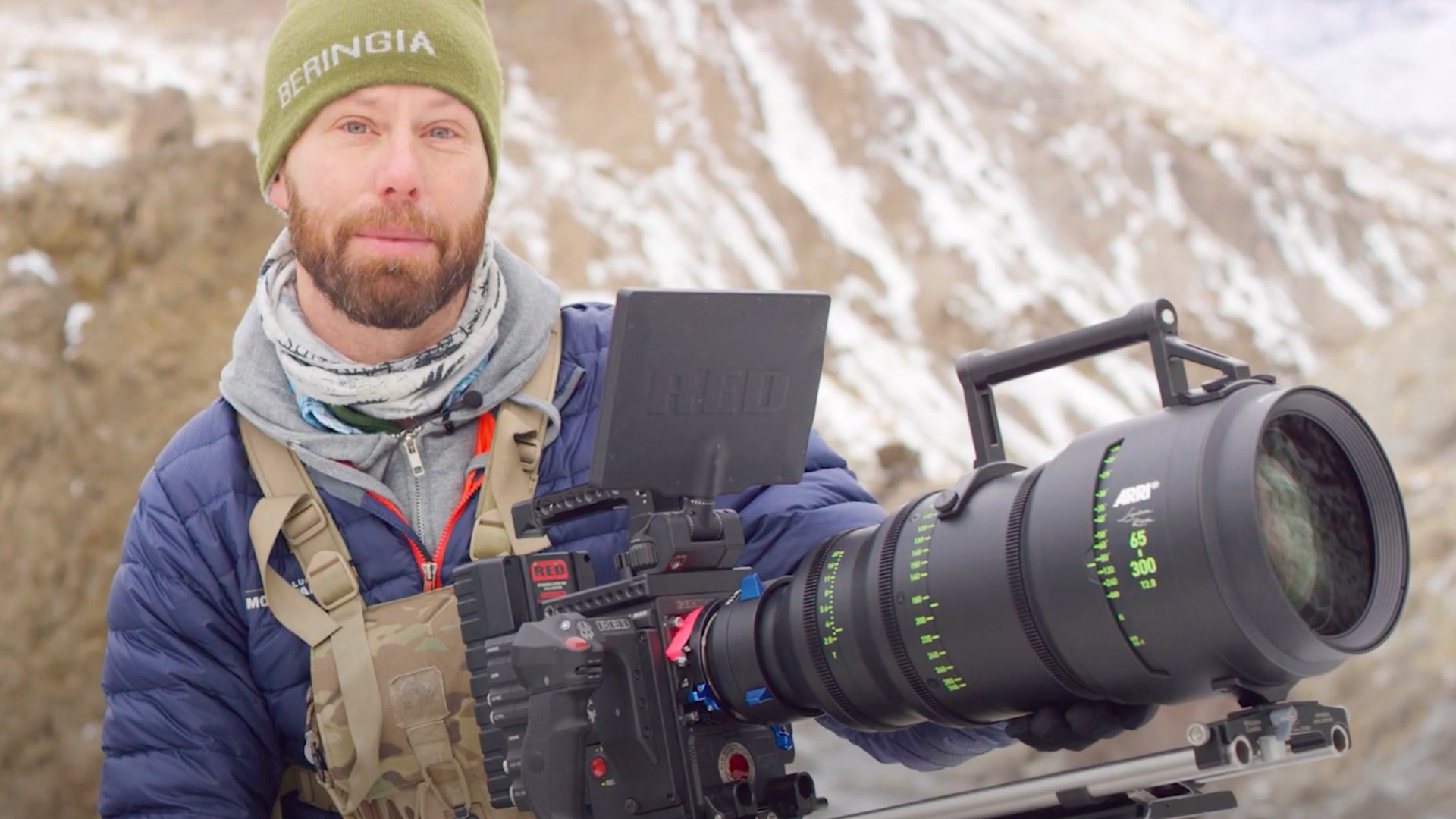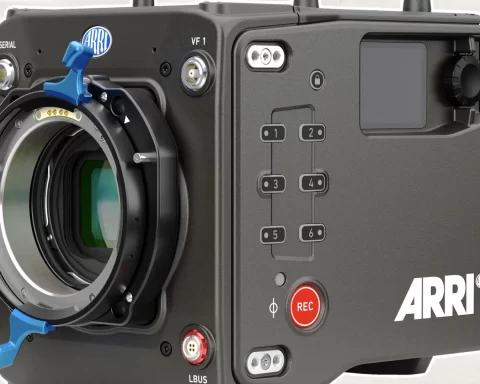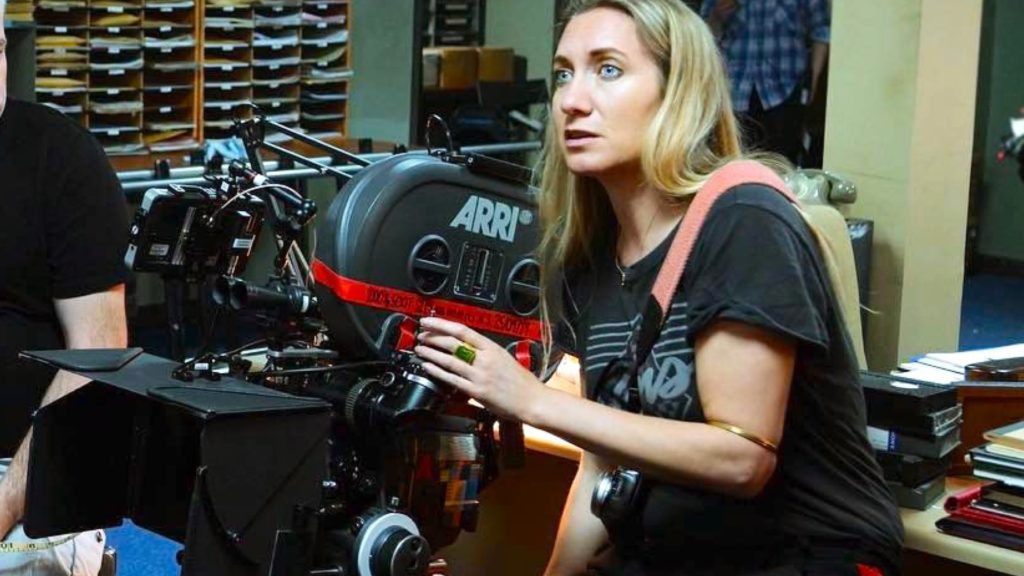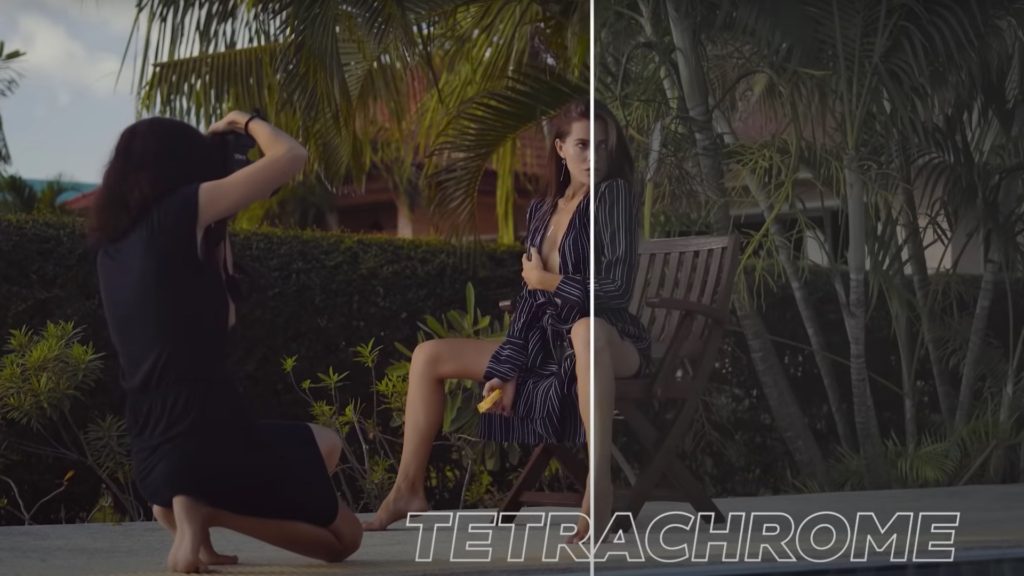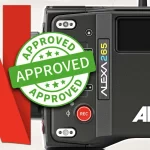Peace has come. According to filmmaker Phillip Baribeau, the ARRI Signature Zooms combined with a RED camera are the perfect tools for wildlife cinematography in extreme conditions (-20 celsius). Indeed, the results speak for themselves. Check it out.
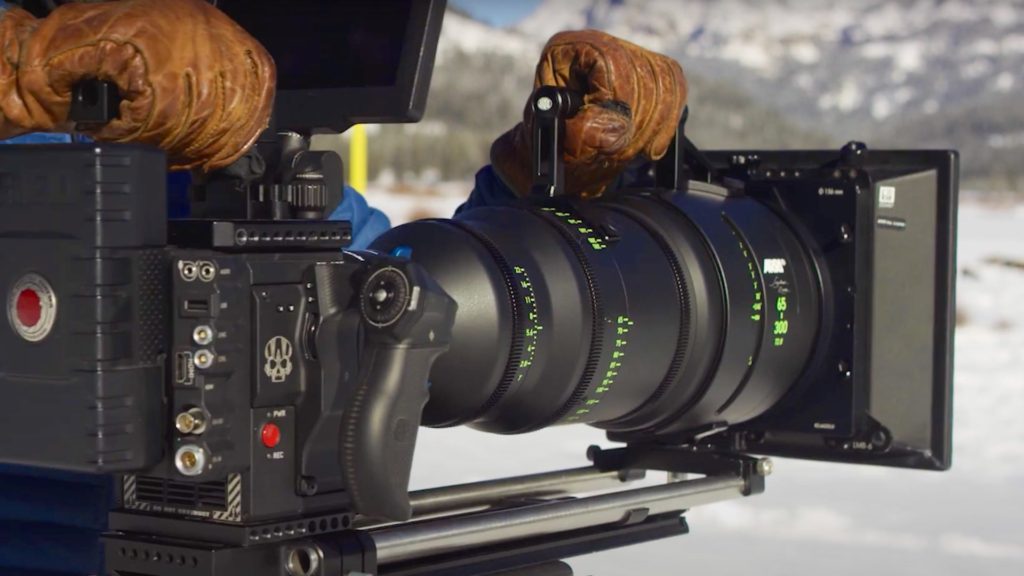
Wildlife cinematography
Wildlife cinematography is one of the most challenging professions which demands vast knowledge and skills in filmmaking. The wildlife filmmaker works in a harsh uncontrolled environment, and thus the reliability of the equipment being used is critical. We wrote a few articles about the magic of wildlife filmmaking and the dedication needed for a professional execution.
Read:
- Wildlife Cinematography: Capturing the Power of Nature With RED and Cooke
- Women’s Cinema: Meet Wildlife Filmmaker Fiona Tande
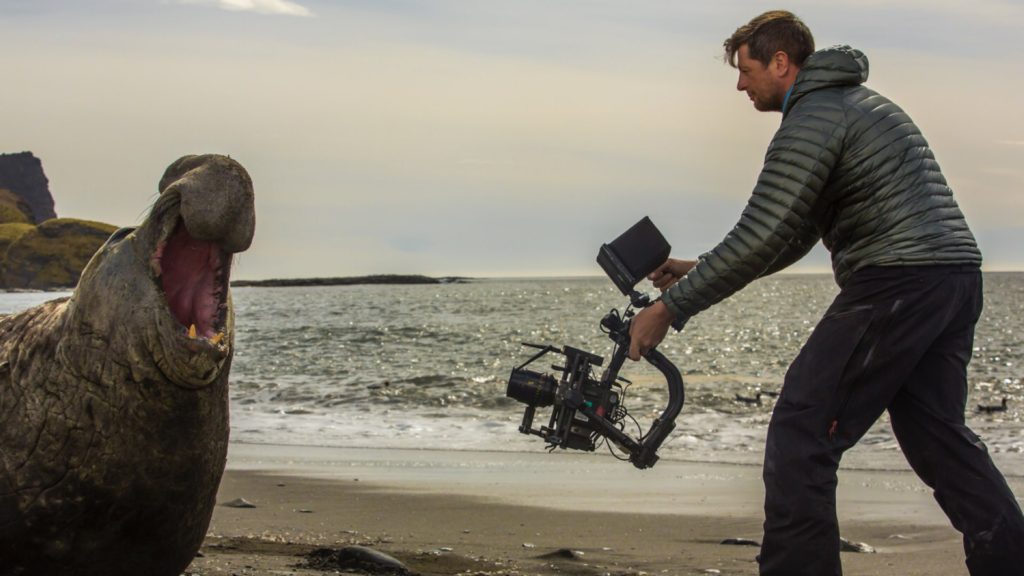
RED + ARRI as solid wildlife filmmaking tools
Thanks to wildlife filmmaker Phillip Baribeau, we’re getting exposed to the beauty of this profession. Phillip is the founder of Implement Productions which is an acclaimed production company producing independent films, commercials, and brand videos. Phillip got his hands on the new ARRI Signature Zooms (announced on September 2020) and tested how the Signature Zooms handle the extreme temperatures of Yellowstone National Park – even when used on another camera system.
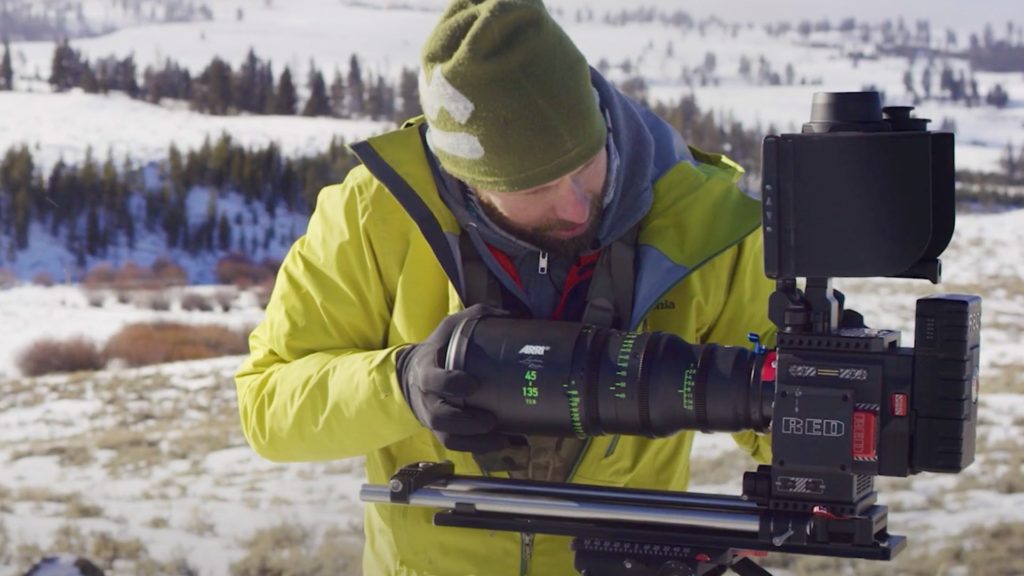
Phillip utilized the 45-135, 65-300, and the 1.7x extender on his RED camera. The conditions were very harsh, as the temperatures ranged from negative five degrees to just above zero Fahrenheit (-20 Celsius). Furthermore, the snow elevated the challenge even more regarding lighting.
Watch the video below:
Final thoughts
To be honest, it was quite surprising to explore the ARRI Signature Zooms and the RED in this extreme wildlife situation, because those are very demanding tools. The RED has its main advantages when using in a more controlled environment, and the Signature Zooms are big and heavy and not so ideal in wildlife cinematography. However, there’s no doubt that the results are stunning.
Would you use RED and ARRI Signature when shooting wildlife? Let’s know in the comments section below.

